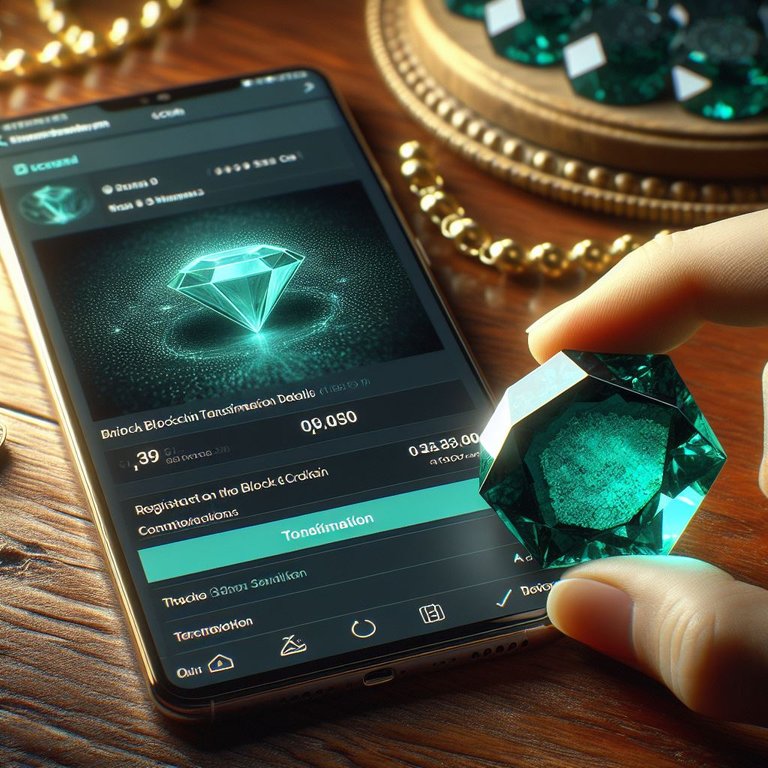
Physical NFTs have emerged as a fascinating convergence between the digital and tangible worlds. These non-fungible tokens, also known as phygital NFTs, combine the digital with the physical, creating a bridge between our online lives and physical reality. Let me dive into a comprehensive and hard-hitting article on the uses and solutions that can be gained from linking unique physical objects with NFTs.
What are physical NFTs?
In simple terms, physical NFTs are cryptographic tokens that represent real-world assets. Unlike purely digital NFTs, these tokens are linked to tangible objects, such as works of art, Emeralds, precious stones, fashion items, property deeds, tickets or tickets, among others. The essence of physical NFTs lies in their duality: a digital part stored on the blockchain and a physical part that you own.
How physical NFTs work
Physical NFTs consist of two components:
Digital asset on the blockchain: This component is created using smart contracts and represents the digital version of the object. It is verifiable proof of authenticity and ownership.
Physical Asset: The tangible object, such as an Emerald or gemstone, painting, a piece of clothing, or a ticket, is linked to a unique identifier. For example, owners of the recent Nike CryptoKicks Jewelry, Stones or Sneakers also get an NFT linked to their sneakers.
Uses and Solutions of physical NFTs
- Authentication and Provenance
Authenticity: Physical NFTs are a powerful tool to combat counterfeiting. By linking a real object with its digital counterpart, its authenticity can be irrefutably proven.
Provenance: Physical NFTs allow you to trace the history of an object from its creation to its current owner. This is especially valuable for artwork, antiques, and luxury items. - Improved Experiences
Events and Concerts: Organizers can issue physical NFTs as tickets, giving attendees a unique experience and the ability to collect digital memorabilia.
Brands like Adidas, GAP, and Nike have released physical NFTs tied to clothing items. Collectors can own both the physical garment and its digital representation.
Guarantee the authenticity and quality of emeralds through physical NFTs.
Facilitate investment in emeralds through shared ownership.
Artists can create physical versions of their NFT art, fusing the digital and the tangible - Traceability in the Supply Chain
Physical NFTs can be used to ensure authenticity and traceability in the supply chain. For example, in the wine industry, a physical NFT could follow the story of a bottle from winery to consumer. - Fractional Ownership
Physical NFTs can also facilitate fractional ownership of assets. Imagine owning a small part of a famous painting or a luxury car. - Art and Creativity
Artists like Beeple and Damien Hirst have created physical versions of their NFT art. These unique pieces become digital and physical treasures.
In short, physical NFTs not only authenticate and protect real objects, but also enrich our everyday experiences. As blockchain technology and Web3 evolve, physical NFTs have the potential to bridge the distance between our digital and physical lives, changing the way we interact with the tangible world¹.
Real Life Use Cases of NFTs - Decrypt. https://decrypt.co/es/resources/casos-de-uso-en-la-vida-real-de-los-nft.
Non-fungible tokens (NFT) | ethereum.org. https://ethereum.org/es/nft.
https://reddit.com/r/OpenSeaNFT/comments/1c6d8xm/great_opportunity/
The rewards earned on this comment will go directly to the people sharing the post on Reddit as long as they are registered with @poshtoken. Sign up at https://hiveposh.com.